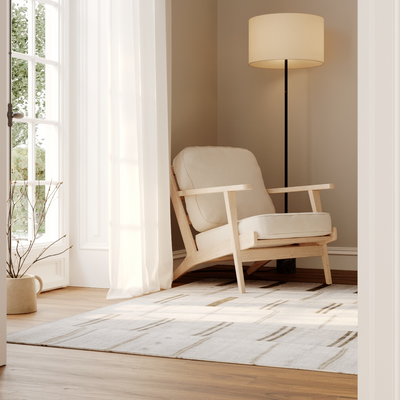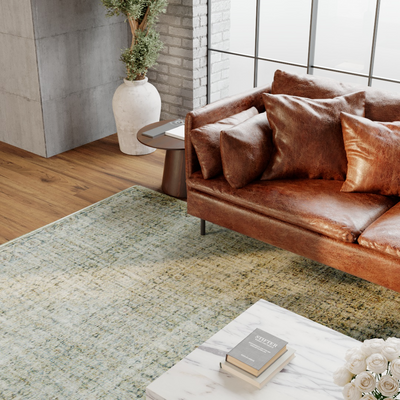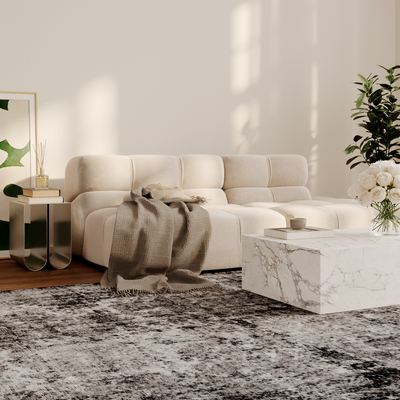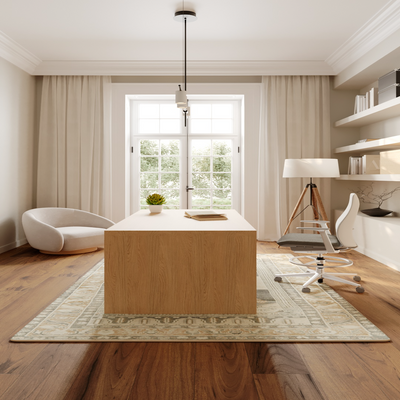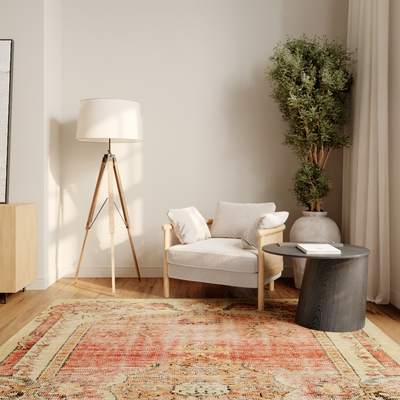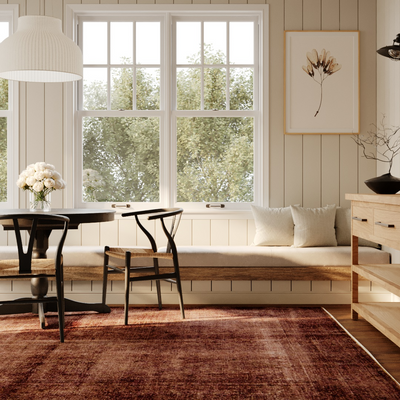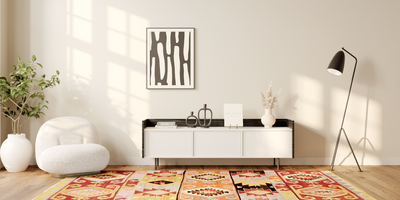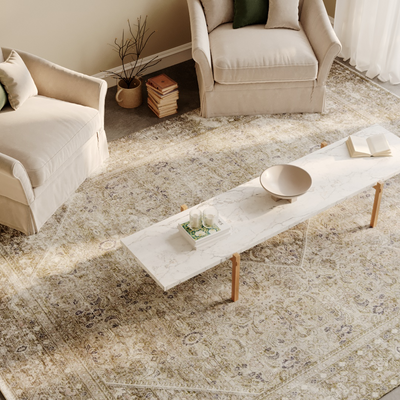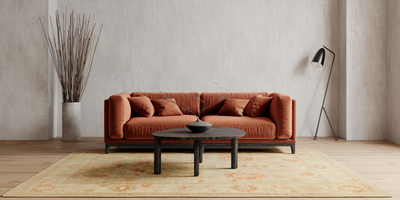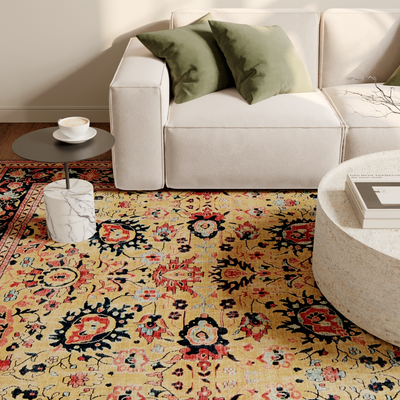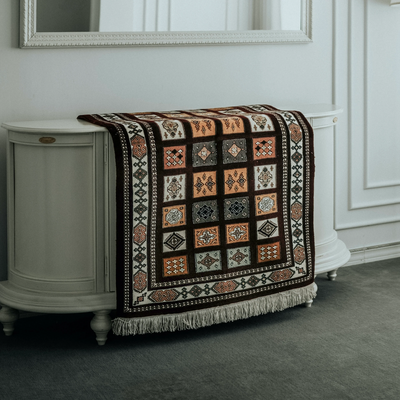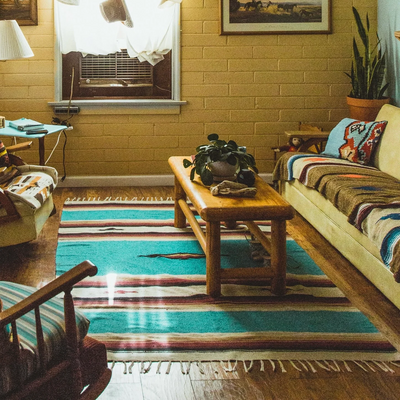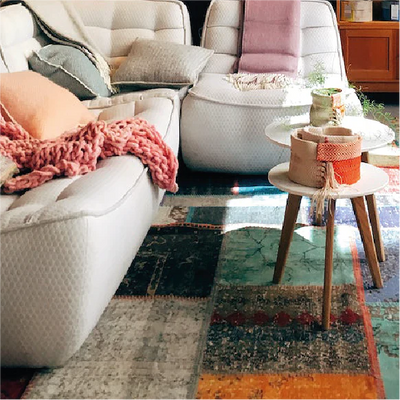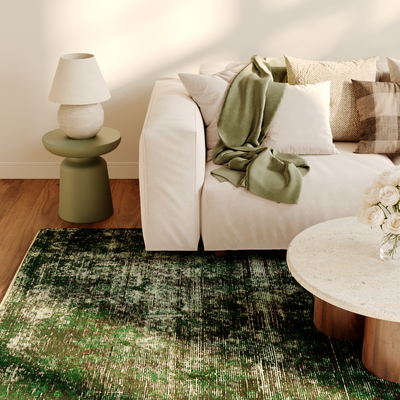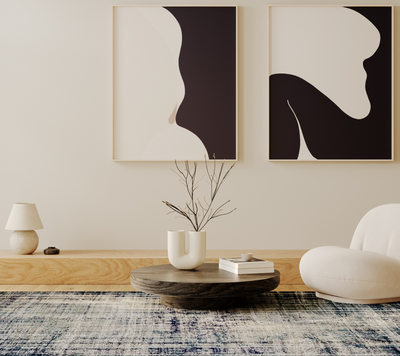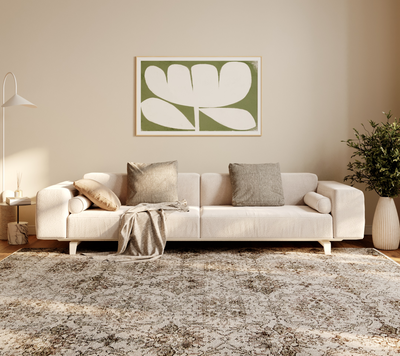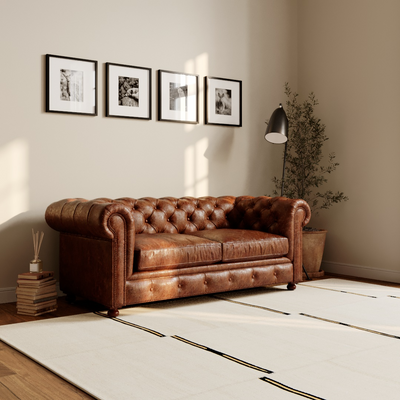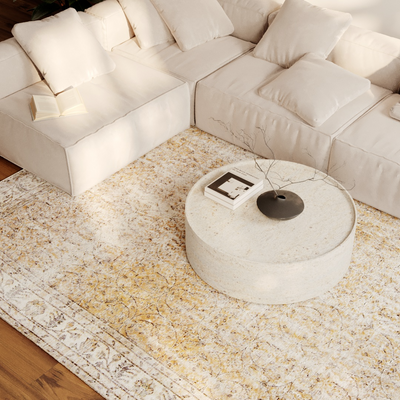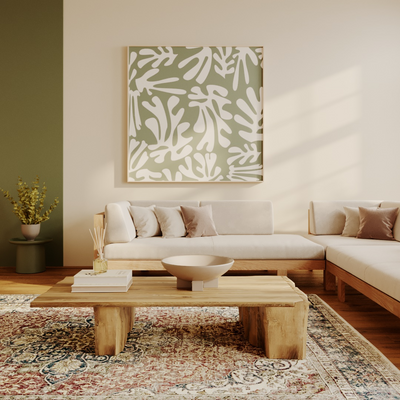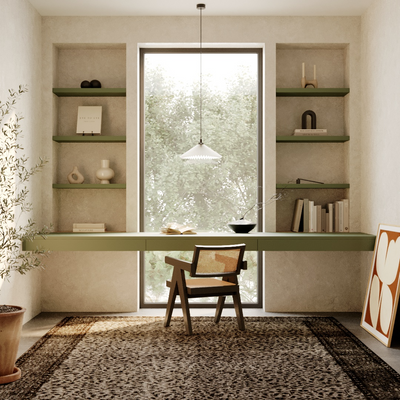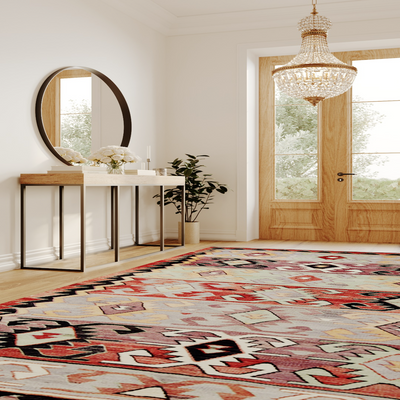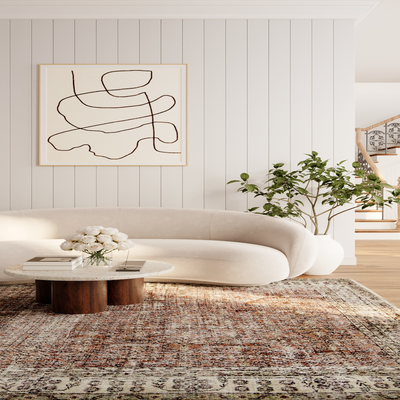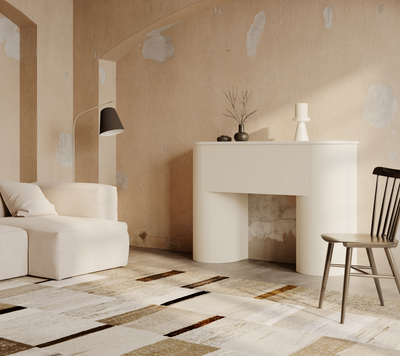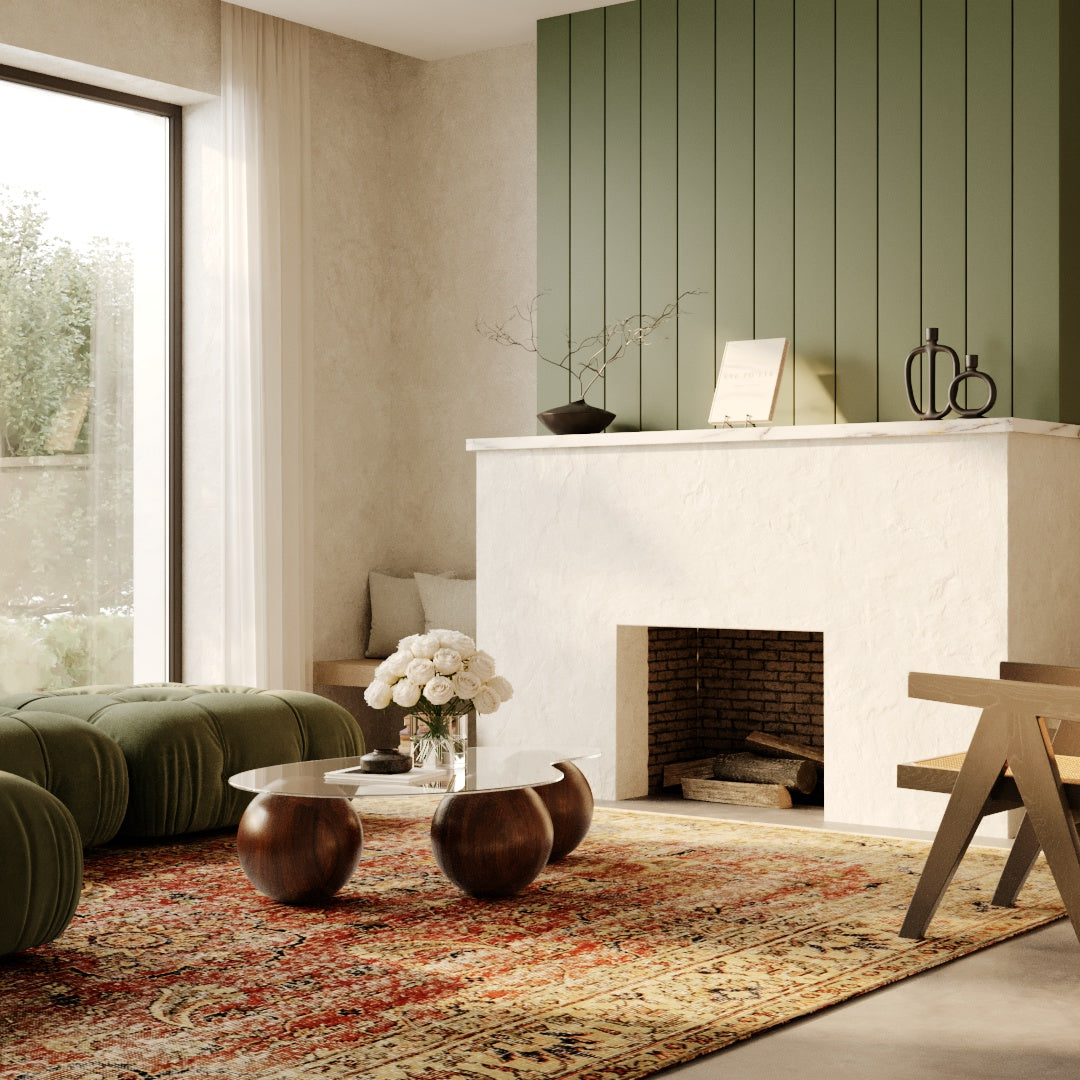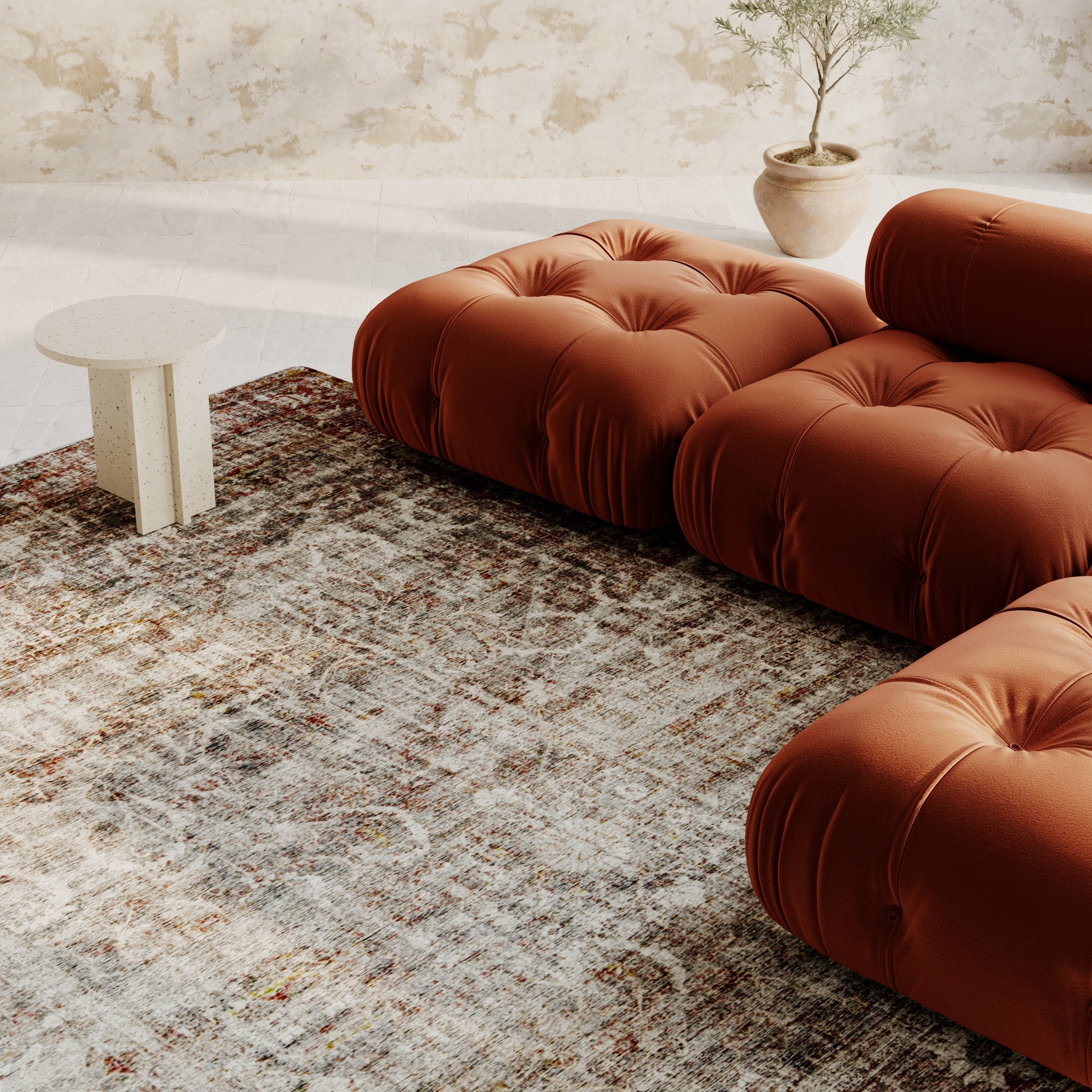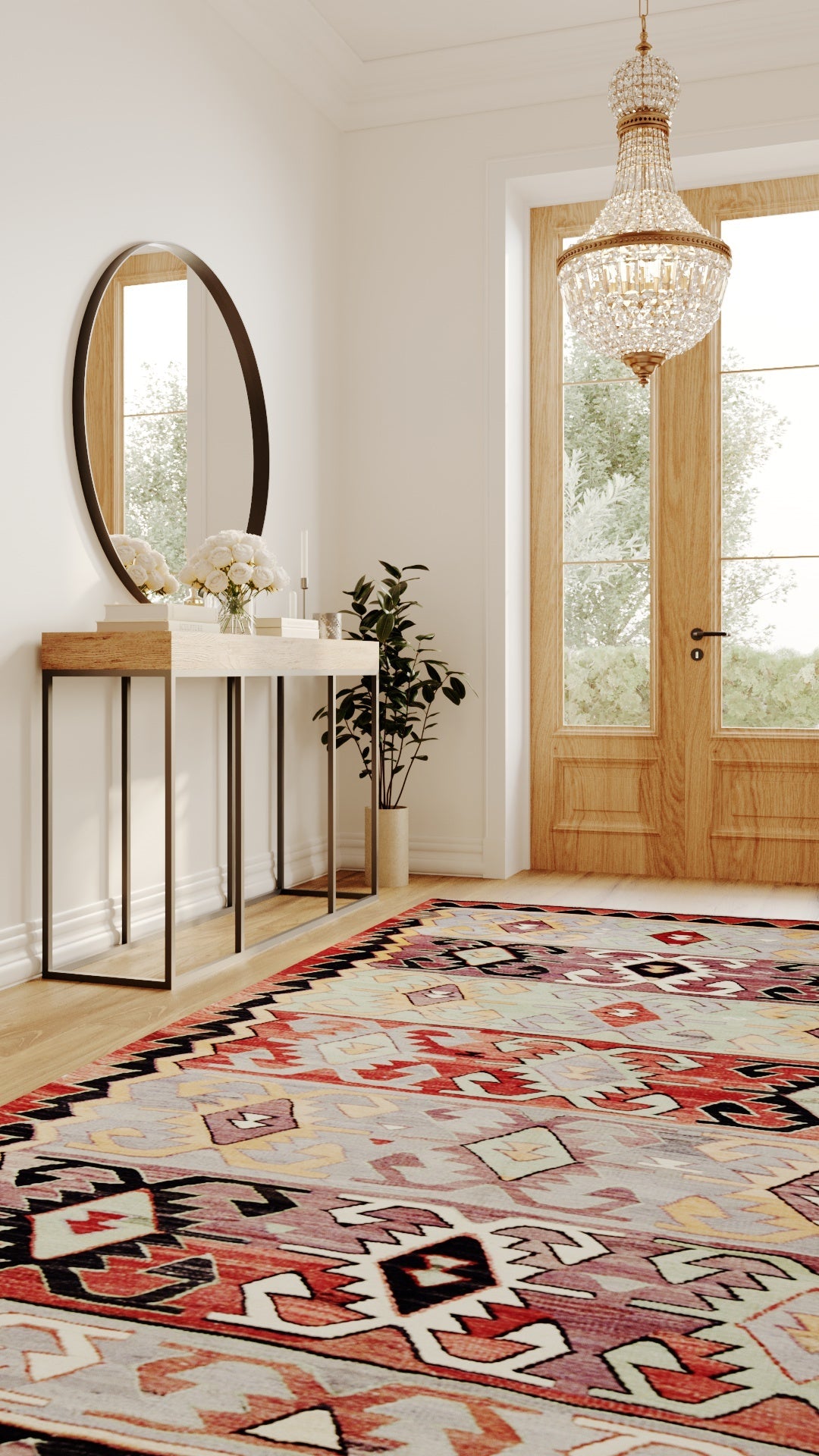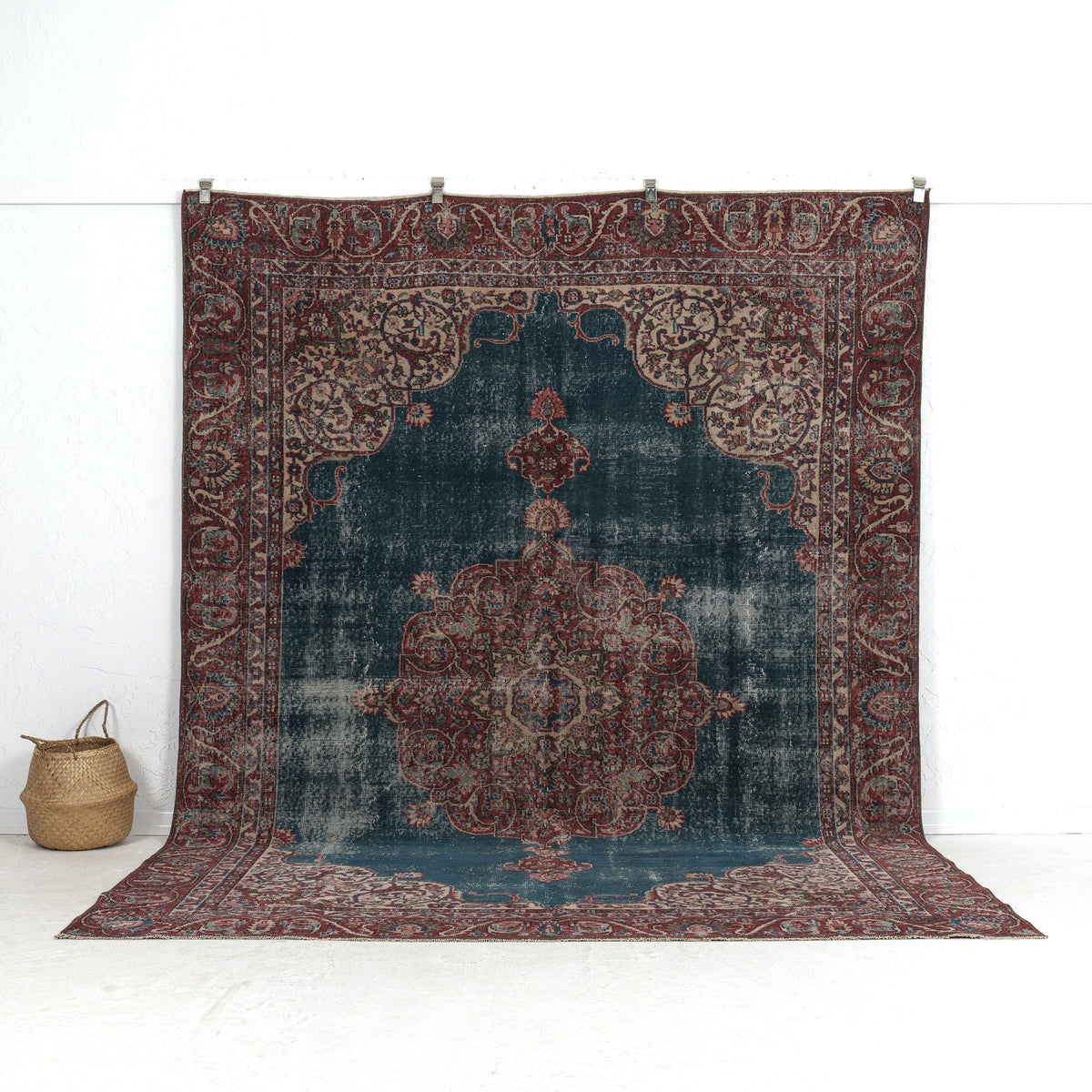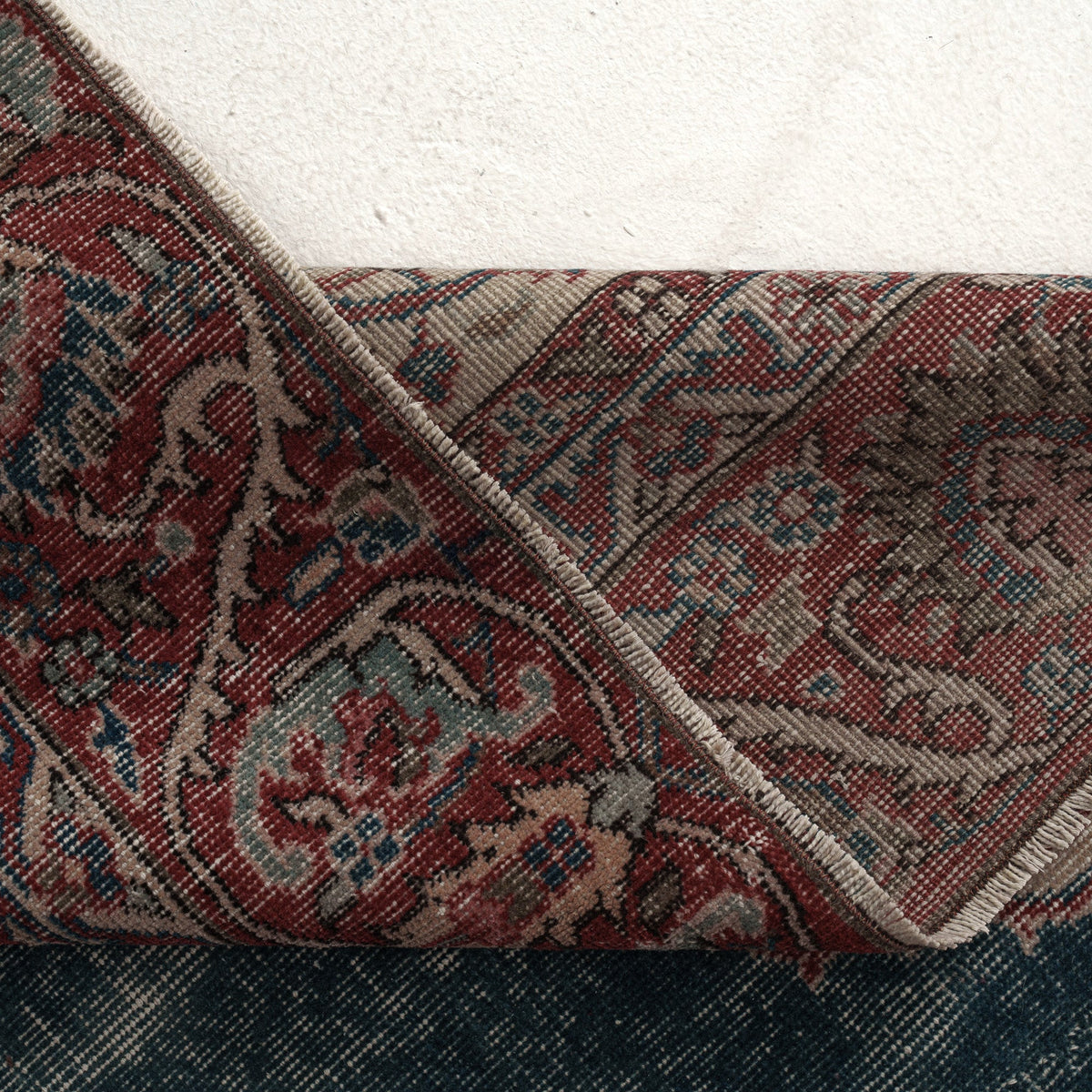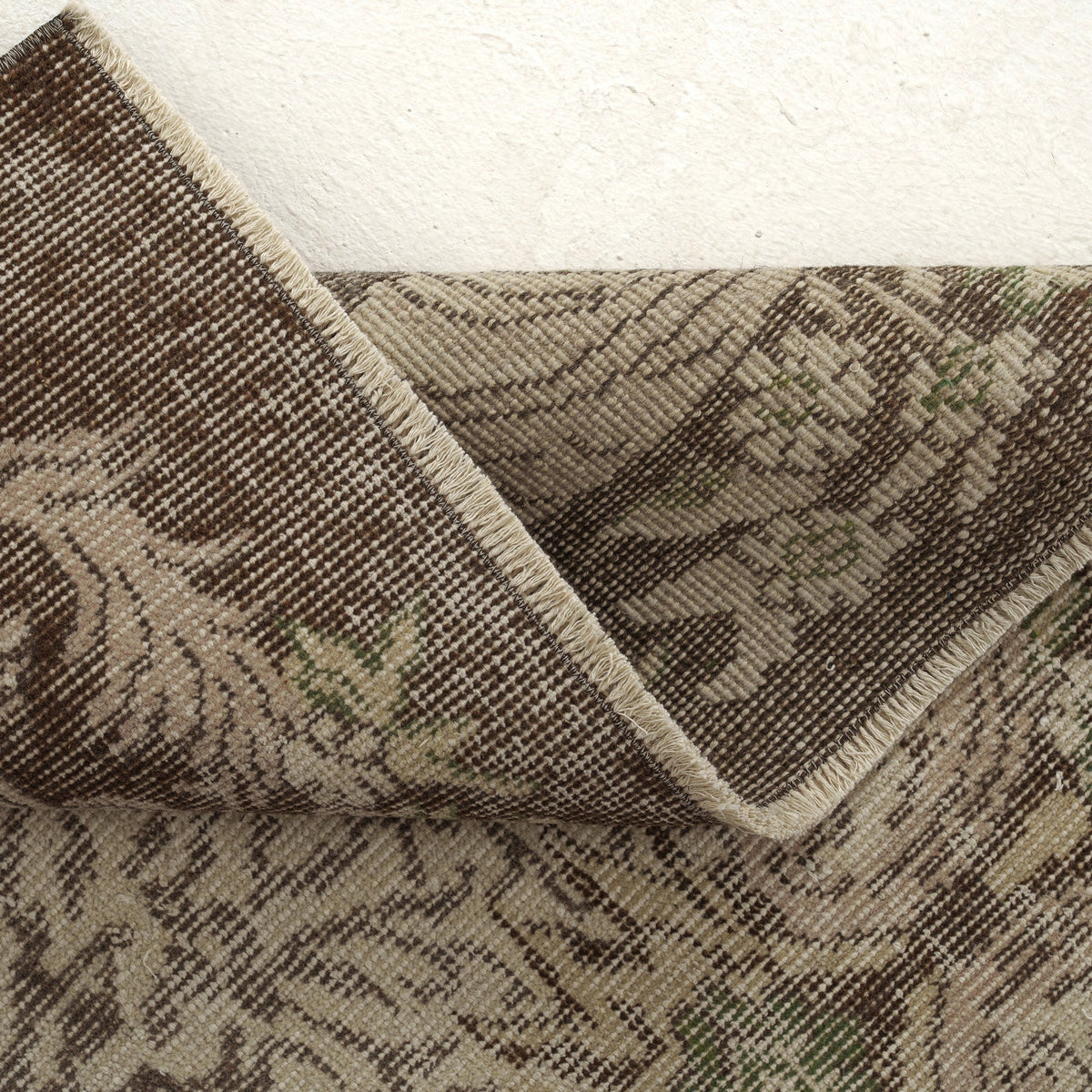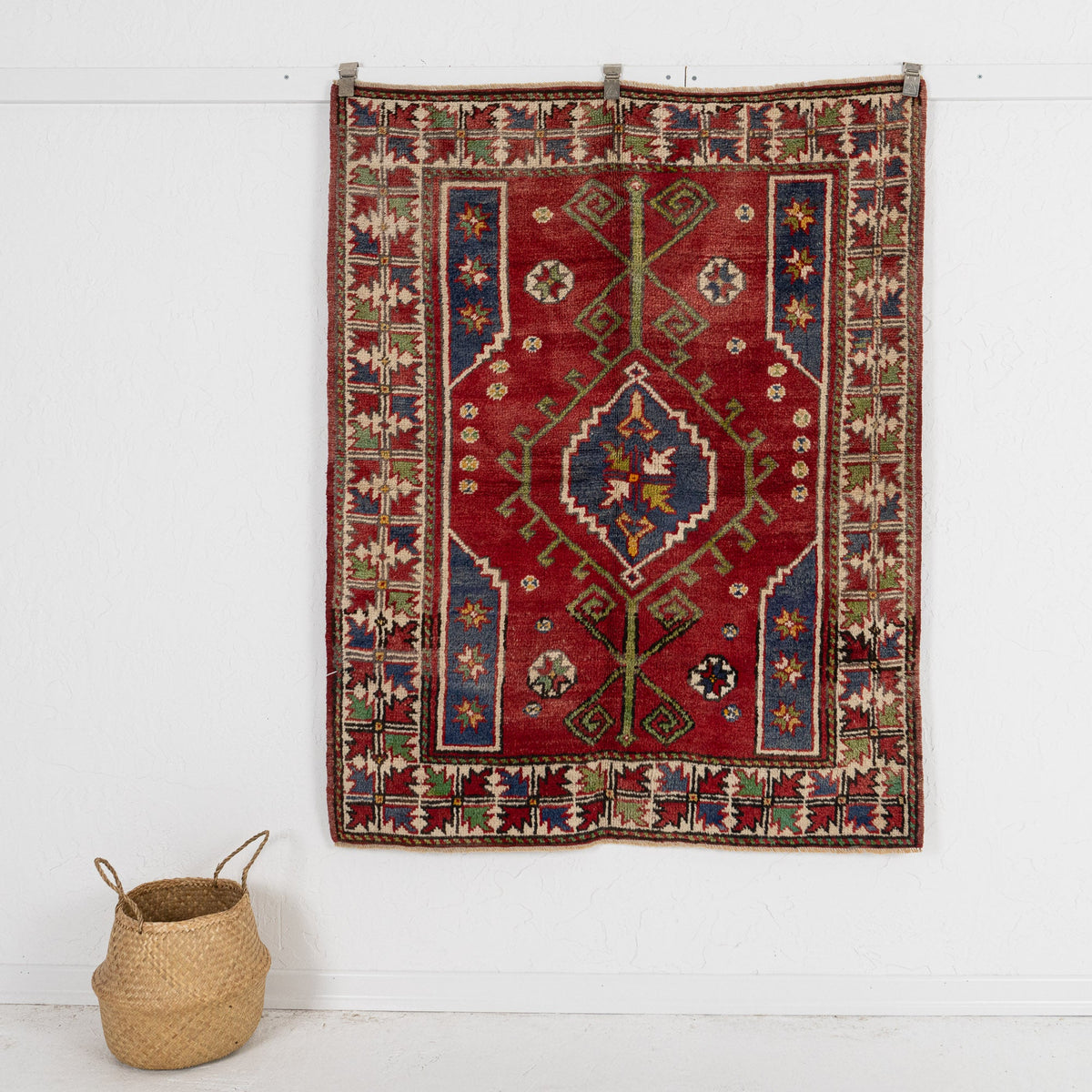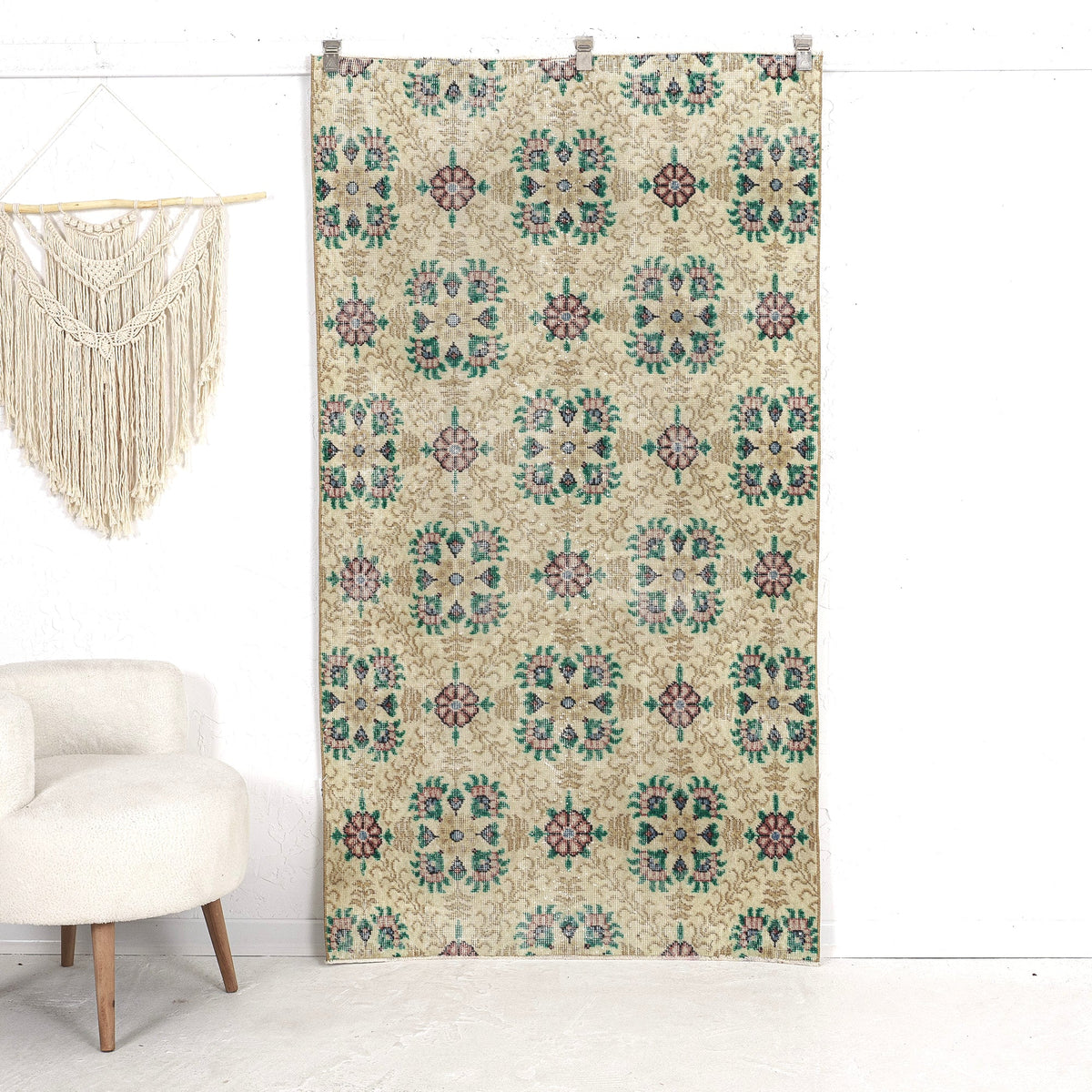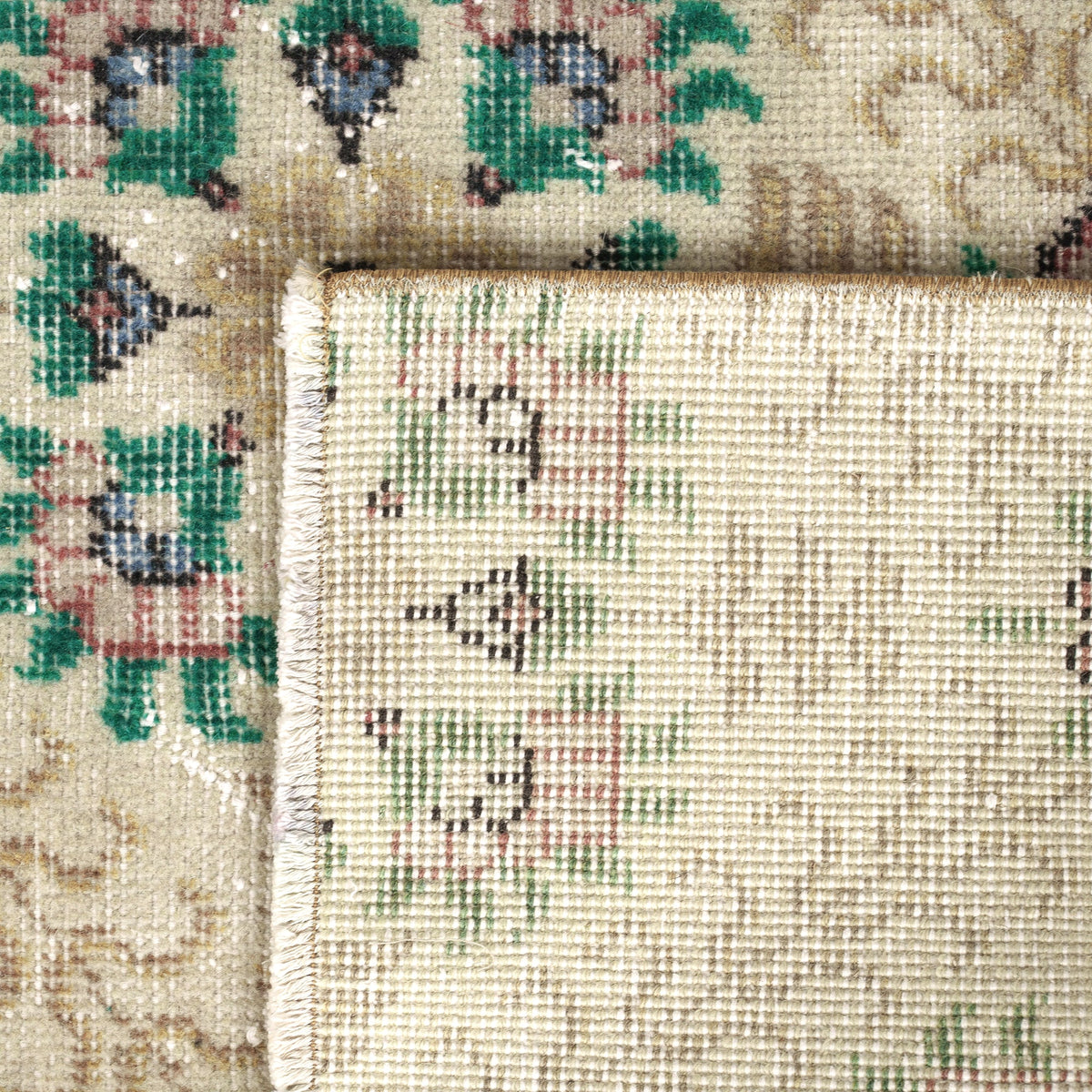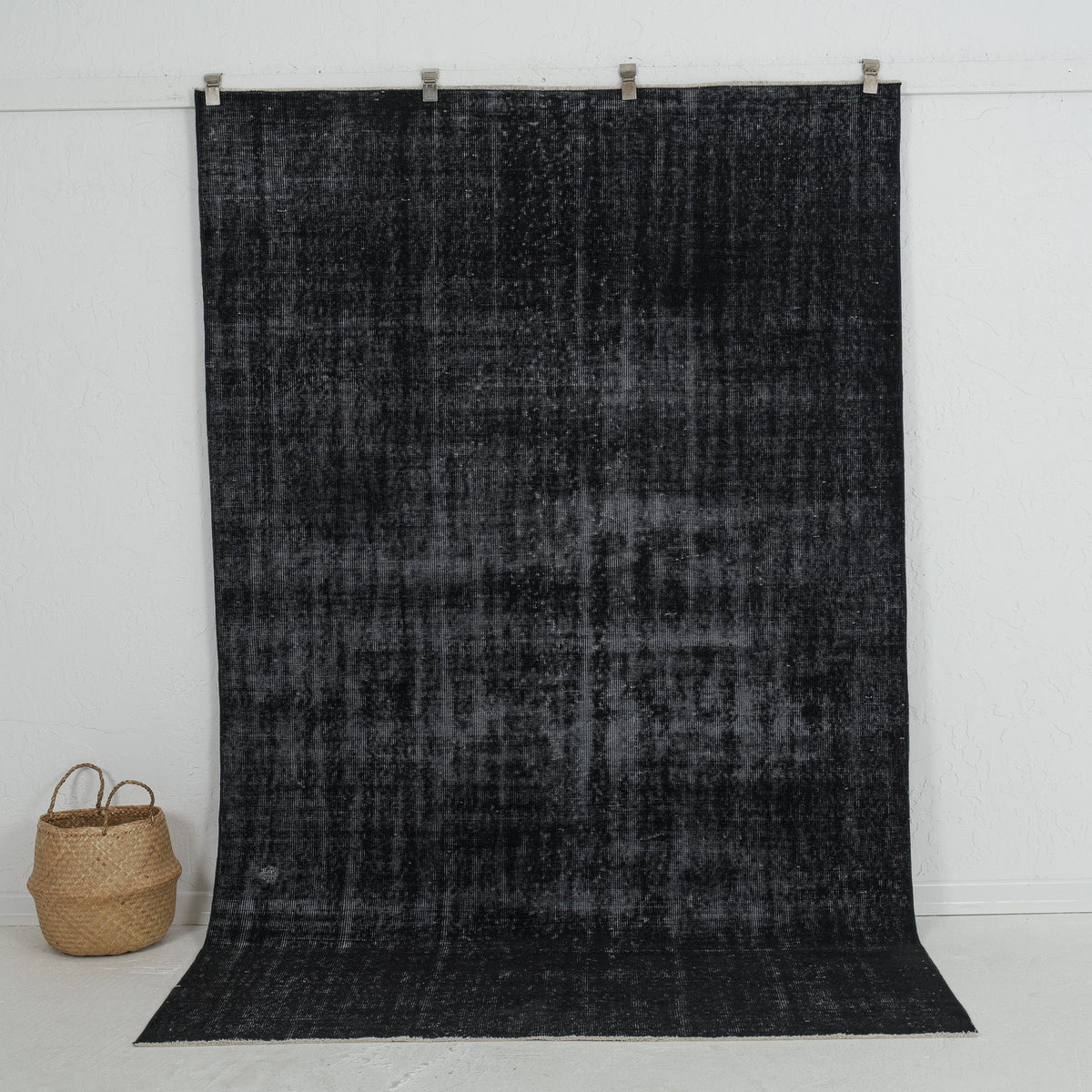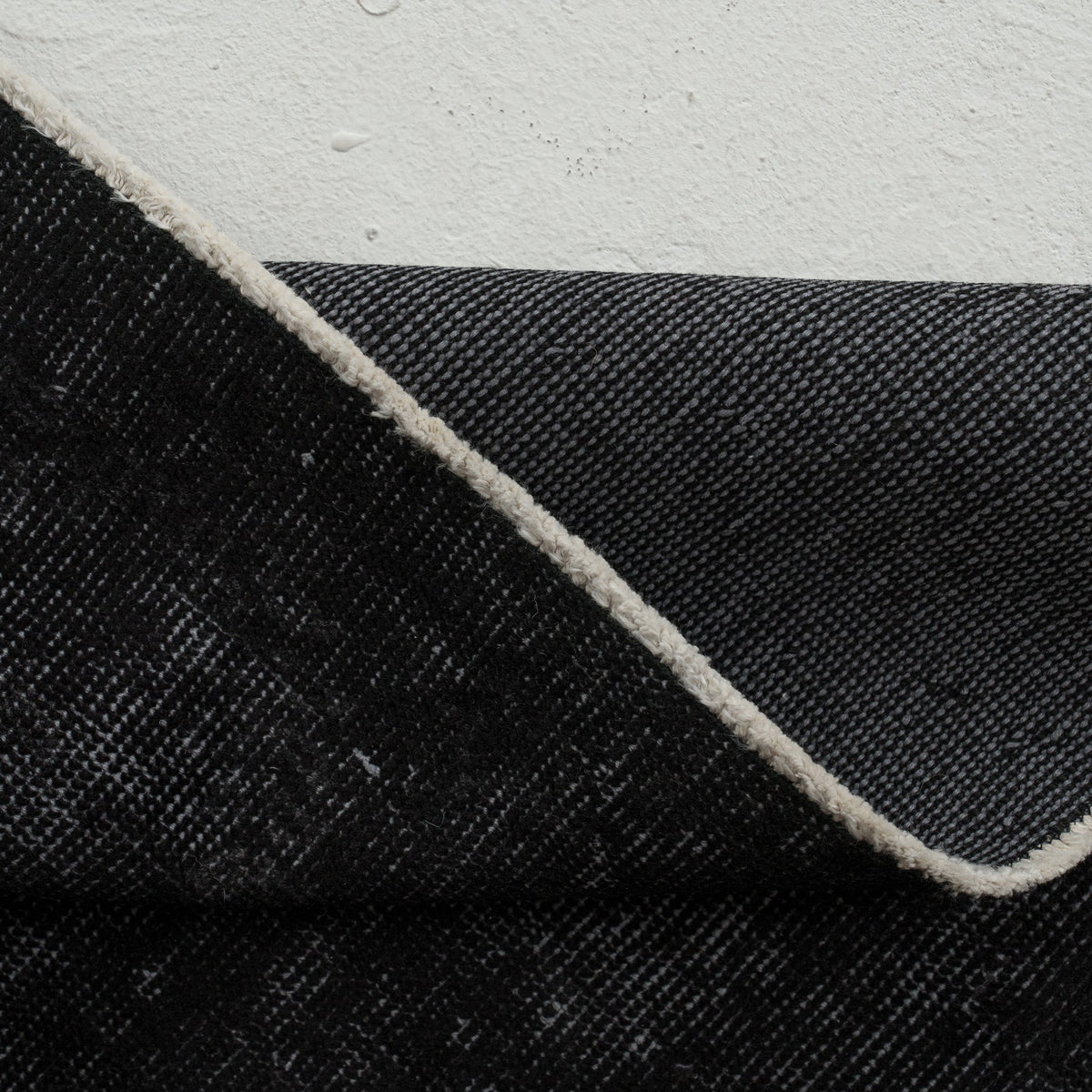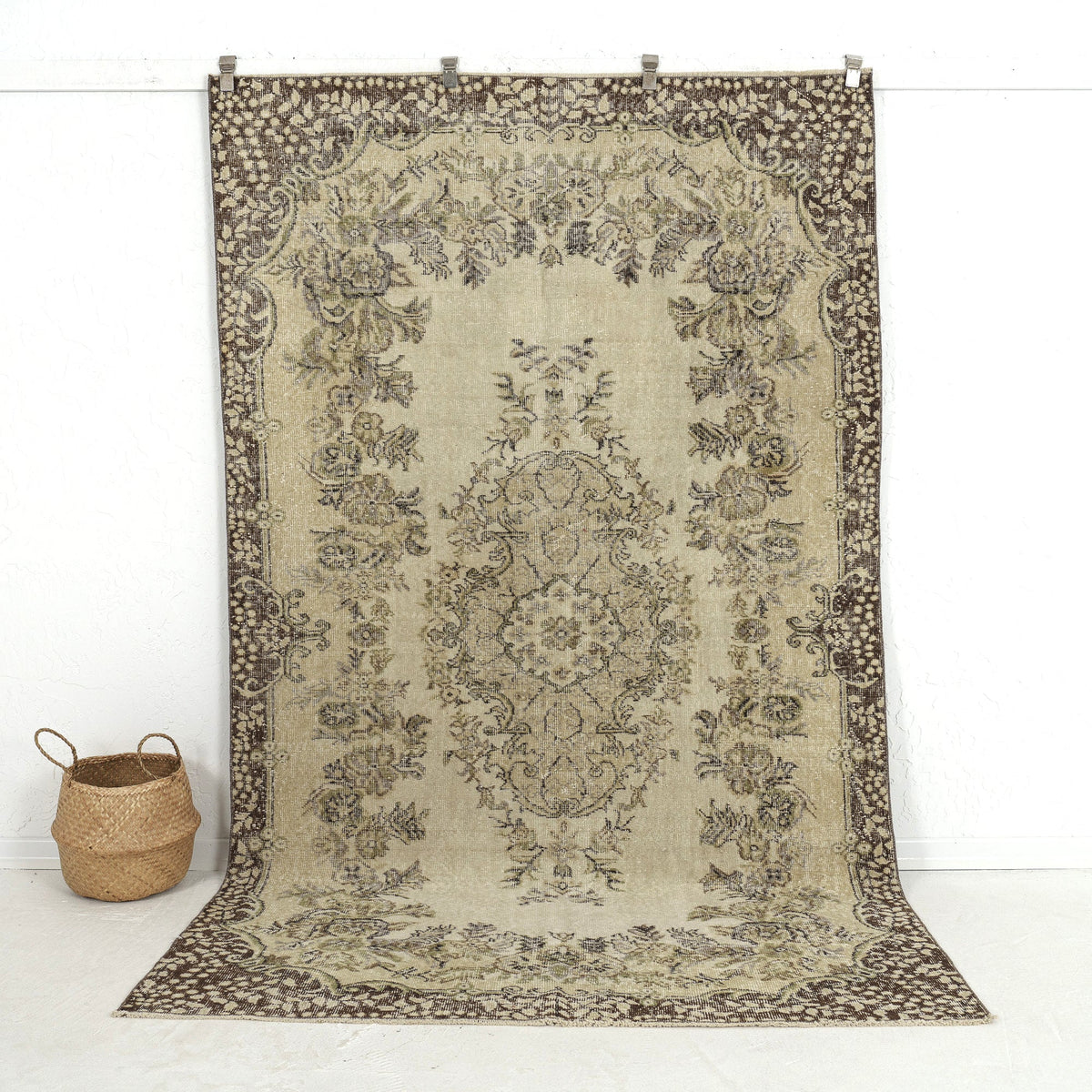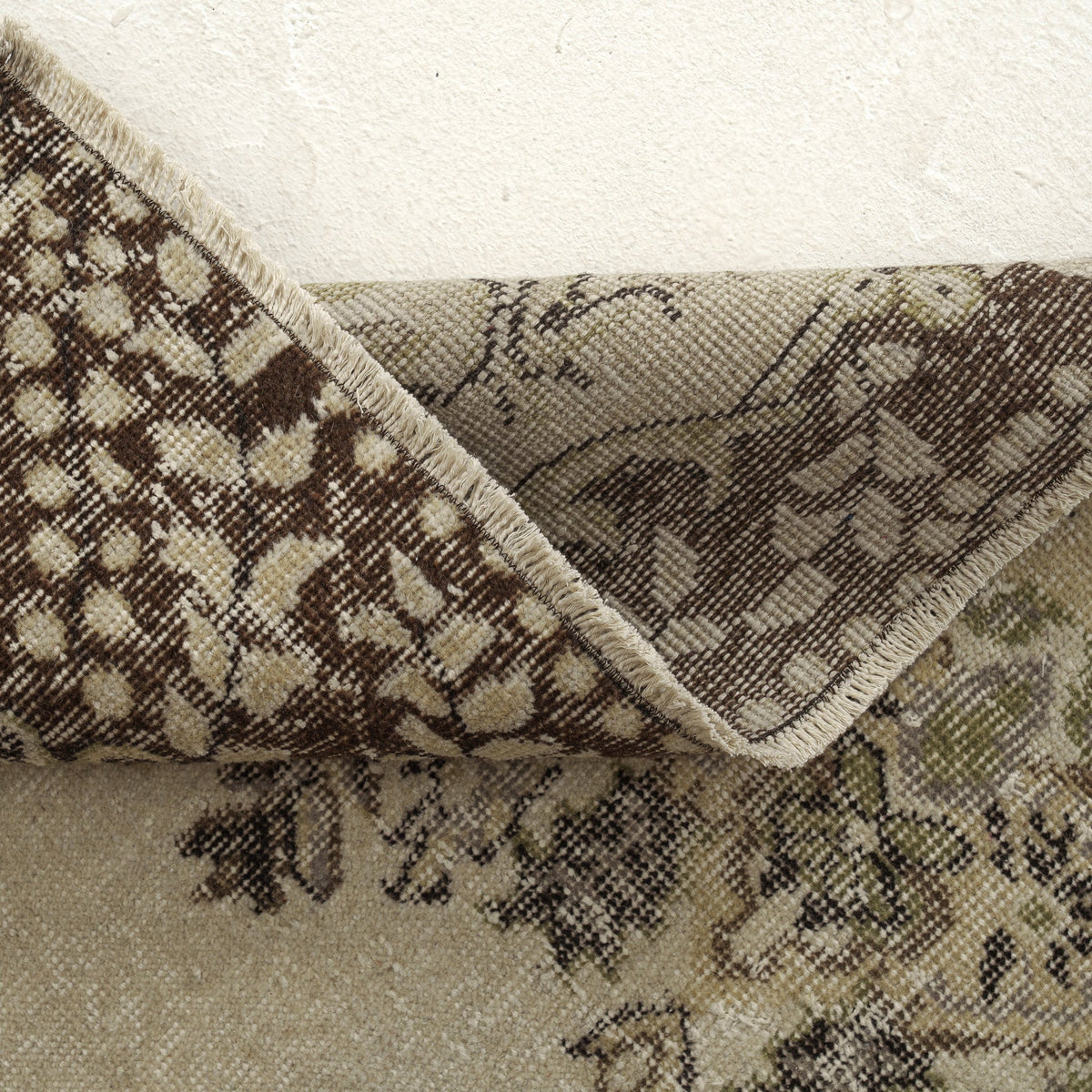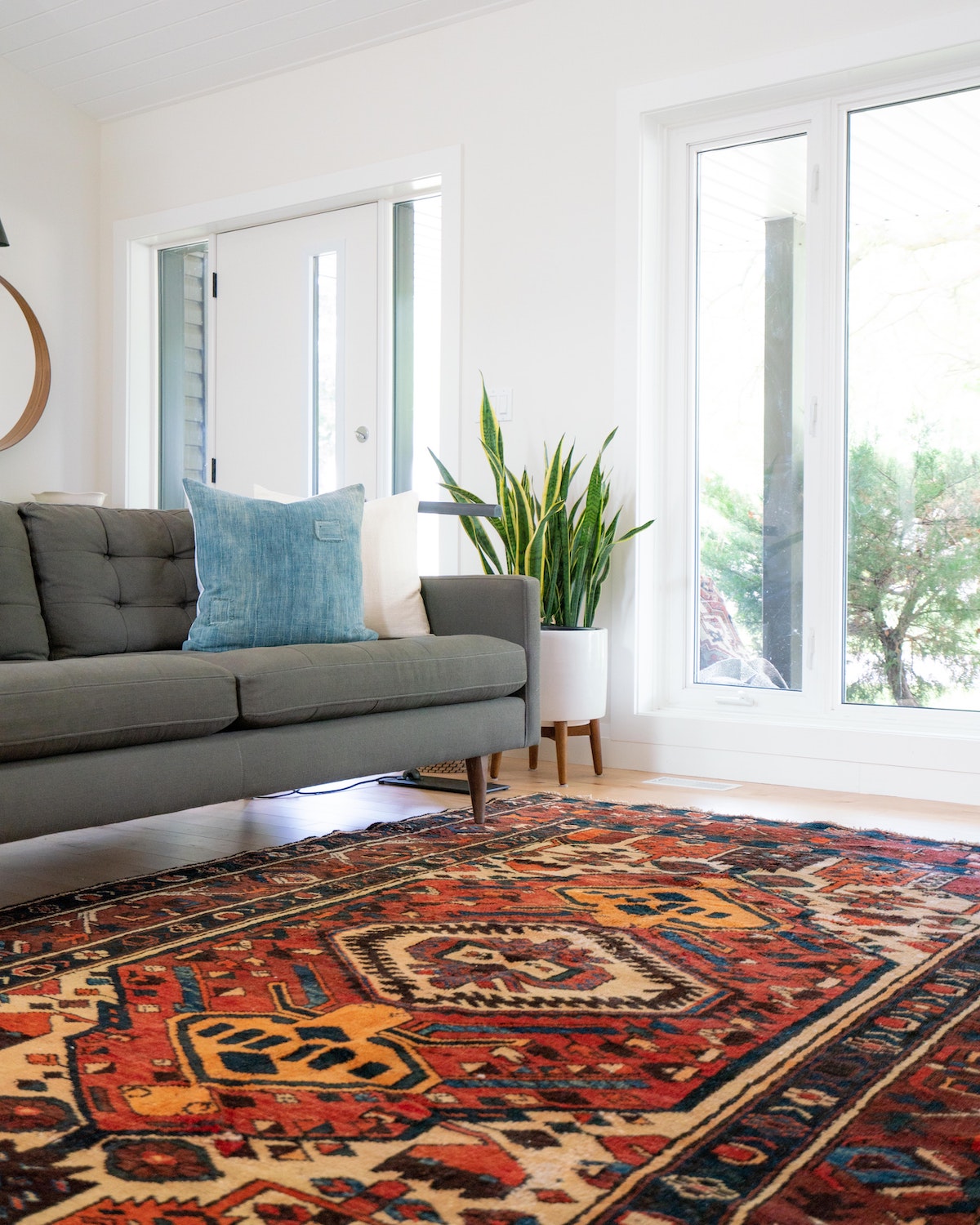Do you know that your Turkish carpet or rug can also be a fantastic piece of wall art?
There are special features that Turkish rugs may add to your wall decor. Firstly, they have impeccable, unique prints, and second, they match many interior decor styles. They are also high quality, meaning they will last a long time with proper care. Another bonus is that since the rug is hung vertically, you have no footprints and fewer stains and dirt.
So, do you know how to hang a rug?
If not, here is the piece for decorating your house with rugs.
This piece will highlight how to hang a rug on the wall in the simplest ways possible. We want you to be in the know because when you get your hands on our fantastic Kuden Turkish Rugs, they're going to work some serious wall magic for you.

Velcro
The most common method on how to hang a rug on the wall without nails is by using velcro, a simple and secure solution. Velcro is a hook-and-loop fastener that is a pair of strips of material. One has tiny hooks, and the other has tiny loops. When you combine the two strips, the hooks catch on the loops, forming a strong bond.
To use velcro:
- Sew or glue one of the Velcro strips to the back of your rug and the other to the wall.
- Use precise measurements to ensure the two are evenly distributed and match.
- Once it’s up, attach the Turkish rug velcro to the wall attachment.
That's it—a simple method for hanging a rug on a wall.
Velco is a wise choice because it can easily be removed for organizing or cleaning. Also, it keeps your Turkish carpets immaculate. Furthermore, the rug's uniform velcro distribution guarantees that it hangs flat and does not droop.

Tapestry Rods
The second way to hang a rug on the wall without destroying your rug is to use a tapestry rod.
If you decide to go this way, make sure to pick a rod that goes perfectly with your decor. This process may take more time, and you will require a few materials. You will need:
- Tapestry rod.
- Wall brackets.
- Screws.
- Drill.
- Level.
- Pencil.
Firstly, determine the placement of the tapestry rod by ensuring it’s centered. Ensure that that spot is above the Turkish rug and extends at least 6 inches wider on either side. Next, mark the wall bracket placements on the wall with a pencil, ensuring they’re level with the help of a level.
Proceed to drill pilot holes at the marked locations and secure the wall brackets to the wall using screws. Finally, slide the Turkish rug and place the tapestry rod into the wall brackets to complete the installation.
If your Turkish rug has a rod pocket, slide the rod through. If it doesn’t have one, you may sew one in. This method ensures your rug hangs flat and doesn’t sag in the middle. This is the best way to hang a rug on the wall; it also allows you to switch your rug styles as often as you wish.
You may also use this method to hang oriental rugs on the walls in your house.
Carpet Clips
The third best way to hang a rug on the wall is using carpet clips.
Here is how to hang a small rug on the wall using carpet clips: start by marking the wall for even placement of the carpet clips. Ensure that these markings extend at least 6 inches beyond where you would like the rug’s sides to end.
Drill pilot holes where you’ve marked and secure the carpet clips to the wall using screws.
Position the Turkish rug, align it with the wall, and hook the top edge onto the carpet clips. Pull it taut and repeat for the bottom edge, ensuring a centered, balanced display. Select clips to support the rug’s weight, use suitable screws, and add more clips if needed, avoiding overtightening to prevent rug damage.

Command Strips
A command strip is a removable adhesive strip that offers a damage-free and convenient way to hang items on walls. To use them for hanging a Turkish rug, you will need the following materials: Command Strips, a Turkish rug, measuring tape, and a level.
Here’s how to do it:
- Ensure the wall and the back of the rug are clean and dry.
- Mark the placement of the command strips on the wall, ensuring they are evenly spaced and extend at least 6 inches beyond the rug’s sides.
- Apply the Command Strips to the wall following the manufacturer’s instructions.
- Remove the backing from the Command Strips and firmly press the rug onto the wall.
- Use a level to confirm that the rug is hanging straight and evenly.
An additional tip for success includes choosing the appropriate size of command strips to support the rug’s weight. This method offers a secure, damage-free way to showcase your Turkish rug’s beauty.
Showcase with a Loom
A loom, a wooden frame designed to facilitate textile weaving, offers a unique and authentic way to transform your Turkish rug into a captivating wall display.
Here’s how to use a loom to hang your rug:
Begin by selecting a sturdy wooden loom that complements your rug’s size and style. Thoroughly clean and inspect your Turkish rug to prevent dirt or damage. Measure your rug’s dimensions, mark the hanging spot on the wall, and install wall hardware securely. Hang the loom, gently drape the rug, and secure it discreetly using clips or Velcro strips.

Can You Use These Methods To Hang Kuden Turkish Rugs?
Absolutely!
Hanging a Turkish rug on the wall is a creative way to infuse your space with an exotic touch, and now you know the best ways to do it.
Choose the method that suits your rug’s size and interior design vision. Whether you prefer traditional tapestry rods, carpet clips, command strips, or looms, your Turkish rug will transform your wall into a stunning focal point.
So, go ahead and showcase your beautiful Turkish rug with confidence! If you are still wondering where to get these Turkish rugs, start your search on our Kuden Rugs collection today. You can hang various shapes, patterns, sizes, and ages on your walls and floors.

